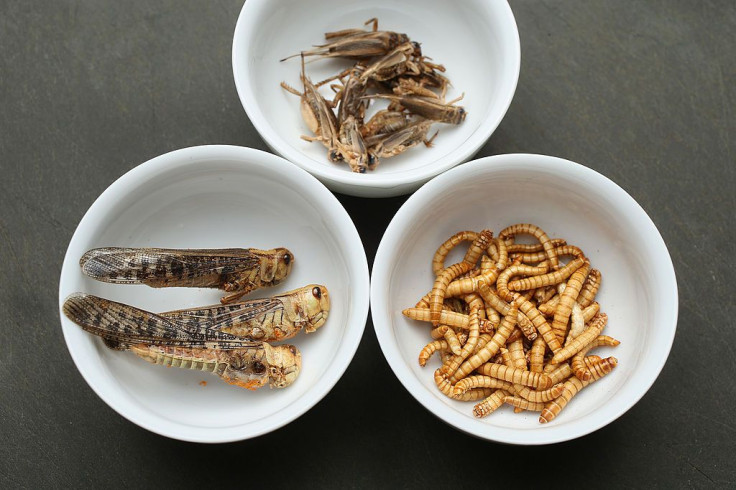10 Edible Bugs And Their Shocking Food Taste Equivalents

There really is a great case to be made for “entomophagy,” or eating edible insects such as grasshoppers, crickets, ants, locusts, beetle grubs, termites and some species of caterpillars.
Some food experts even champion entomophagy as the solution to world hunger. That isn’t surprising given that there are 1,900 known species of arthropods (such as insects) we humans can safely eat, said the UN Food and Agriculture Organization (FAO).
And it’s a fact that 80 percent of the world’s population are entomophagists. Notable exceptions to this rule are the Americans, Canadians and most Europeans except for the French. Humans have been eating insects for thousands of years. The Christian Bible even recommends three kinds of insects to eat: locusts, crickets and grasshoppers.
Insects are an excellent source of dietary protein, especially crickets, and have been hailed by some as the “protein of the future.” They’re also great natural sources of essential carbohydrates, vitamins, minerals and fats.
Crawlies can bridge the gap in protein consumption between poor and wealthy nations. In short, they might be the answer to finally eliminating world hunger and ensuring food security because of their immense numbers.
And, yes, eating edible bugs is both safe and healthy. So, what’s not there to like about edible insects?
But, of course, you want to know what insects taste like, don’t you? The geniuses at the University of Nebraska Institute of Agriculture and Natural Resources have answered this question for you. Here are 10 edible bugs and what their taste reminds you of:
- Fried grasshoppers = sardines
- Raw termites = pineapple
- Praying mantis (fried over an open fire) = shrimp and raw mushrooms
- French-fried ants = beef jerky
- Fried spiders = nuts
- Fried baby bees = smoked fish or oysters
- Fried agave worms = sunflower seeds
- Grubs of palm weevils = beef bone marrow
- Diving beetles = clams
- Fried wax moth larvae = potato chips or corn puffs
It’s always recommended to cook the edible bugs one wants to eat. There are lots of internet websites with recipes for cooking insects safely. And it’s also recommended to remove the wings or legs before cooking. The Thais are past masters of cooking edible bugs.
Cooking edible insects makes them safer to eat. It also makes them easier to digest and more appealing to most people’s tastes. It’s also a good idea to cook edible insects that are still alive rather than ones that have already died.
To avoid the danger of you eating insects contaminated with fertilizer, experts recommend collecting edible bugs in small quantities far away from civilization. These days, however, there are more and more commercially raised edible bugs being sold.



























